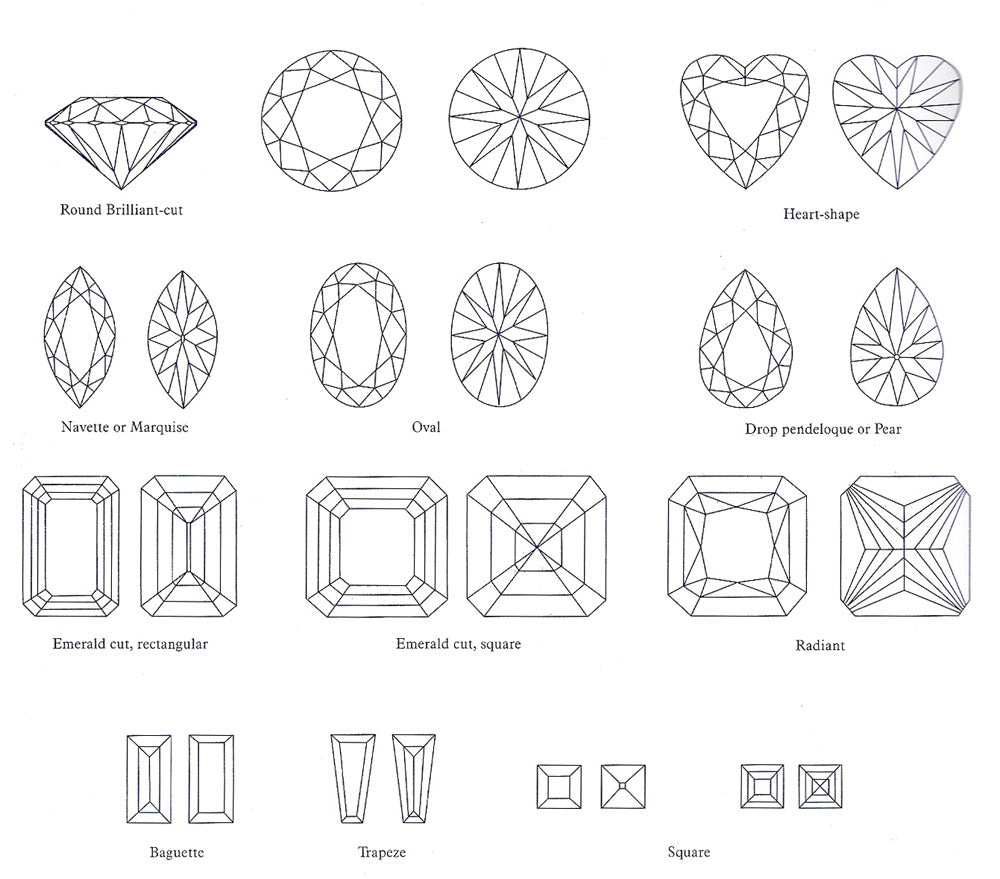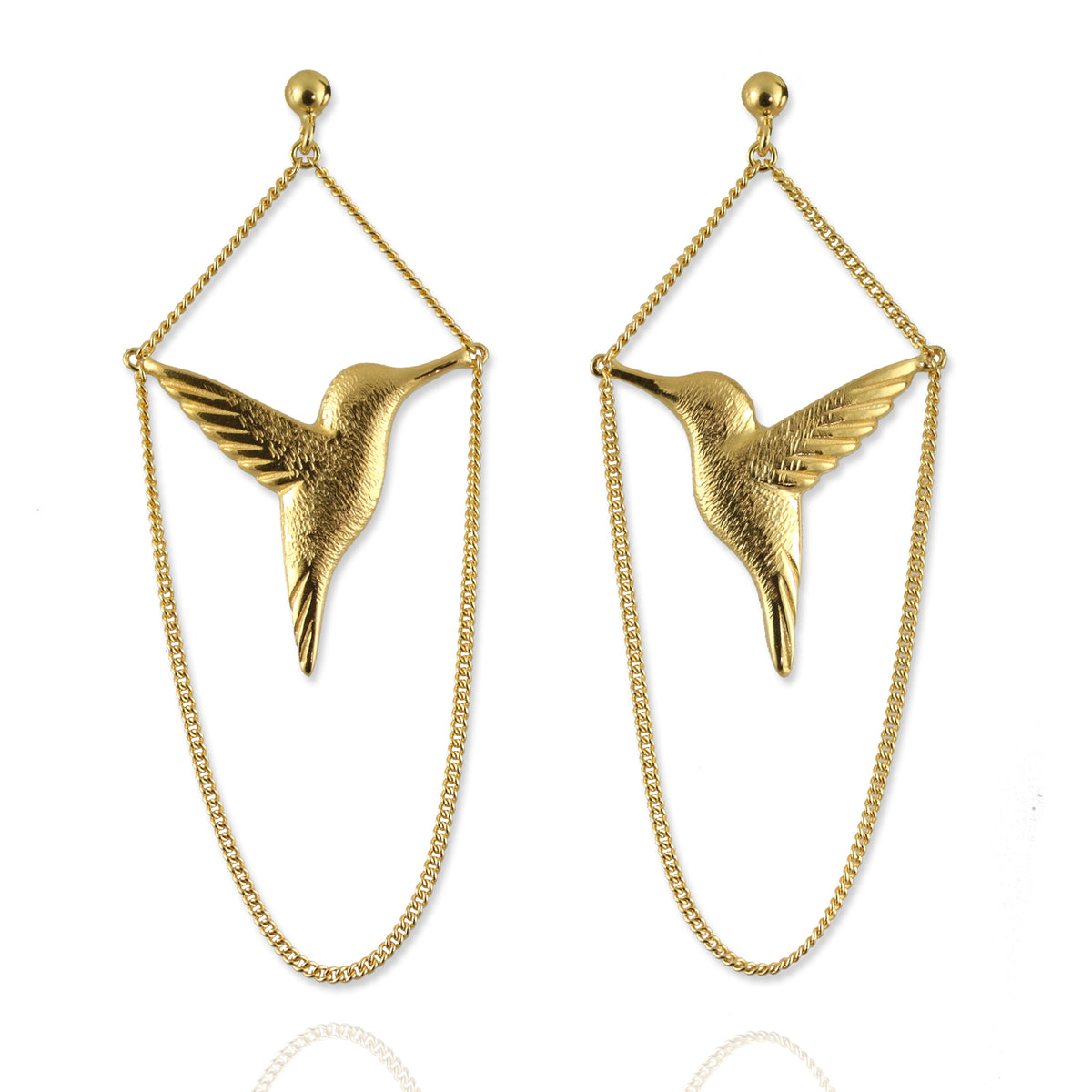Diamond Guide
Ethical Diamonds
All of our Diamond Suppliers adhere to the Kimberly Process but we realise that this scheme is not perfect. For this reason and to give our customers the option of complete peace of mind we have teamed up with the Jeweltree Foundation. Please visit our Ethical Jewellery page for more information.
Certification
We offer certified or uncertified diamonds, but usually recommend going for certified stones, at least for larger diamonds. A certified stone is more expensive, but it comes with its very own report, done by an independent lab, free of any special interests. These labs are using an established set of methods understood by everybody in the trade. Probably the most reputable authority is the GIA (Gemmological Institute of America). It is known to be one of the most consistent and strictest with its grading and when grading stones under a carat in weight it will laser mark a tiny registration mark on the girdle of the stone, invisible to the naked eye. This registration mark can be entered on their web site to retrieve your diamonds’ GIA report. A good certificate is useful for insurance purposes and adds value to your stone.
The four C’s
There are four main factors that determine the value and quality of a diamond. They are called the “4 C’s” – Colour, Clarity, Cut and Carat.
Colour is a very important characteristic of a gemstone. The ideal colour for white diamonds is “colourless”, meaning the complete absence of body colour. Of course there are fancy coloured diamonds, such as yellow, pink and blue, where an intensive hue is an asset.
There are several organisations specialising in diamond grading. The scale below shows the GIA Colour Grading. It begins with the letter D, representing colourless, and continues with increasing presence of colour to the letter Z.
We usually don’t use stones below “I” as we think colour is the most important quality of diamonds and shouldn’t be compromised if possible.

The clarity of a gemstone is assessed by examination of inclusions (internal objects) and blemishes (external objects) under a x10 loupe. The fewer there are the rarer and more expensive a stone will be. Almost all diamonds contain minute traces of non-crystallized carbon or small non-diamond crystals. Personally we don’t think it is necessary to aim for a flawless stone as most inclusions aren’t visible to the naked eye anyway. Also, some inclusions such as Garnet or Ruby crystals can make your diamond very unique and special.
The cut of a diamond, its proportions and symmetry are very important as they have a great influence on the brightness, fire and sparkle of the stone. Diamonds are either shaped by hand by skilled diamond polishers or by complex machines. The most popular and certainly one of the most sparkly cuts is the round brilliant cut which has 58 facets including table and culet. Other shapes include emerald cut, oval, pear, heart, princes cut or marquise. Our favourites are Assher and Rose cut, which work really well with Art Deco designs. The GIA scale for diamond cut grades ranges from excellent to poor.

Last but not least there is carat weight, which is the most obvious factor in determining the price of a diamond. One carat (1ct) weighs 0.2 grams (about the same as a small paper clip) and it is divided into 100 points. So a 50 pointer is a diamond of 0.5ct weight. Depending on the spread (diameter of the table), a 1ct brilliant cut measures about 6.5mm in diameter and a 0.5ct stone about 5.2mm. Carat weight does not affect the value of diamonds proportionally though. The larger the stone the more disproportionate is the increase in cost per carat. If for instance you would like to get a 1ct stone, but have a limited budget, you will get much better value for money if you stay just below 100 points, as the price increases significantly once a stone hits the 1ct mark.


